
Advancing Vertical Heterostacks with Solution-Processed 2D Nanosheets
Partners of the Graphene Flagship's 2D-PRINTABLE project have recently reported advances in printed heterostructure fabrication.


Partners of the Graphene Flagship's 2D-PRINTABLE project have recently reported advances in printed heterostructure fabrication.

A comprehensive library of 2D materials for ink fabrication has been successfully established by the Graphene Flagship's 2D-PRINTABLE project, covering a broad range of material classes, including p-type and n-type semiconductors, metals, insulators, and functional materials such as ferroelectrics, multiferroics, superconductors, and magnetic 2D compounds.
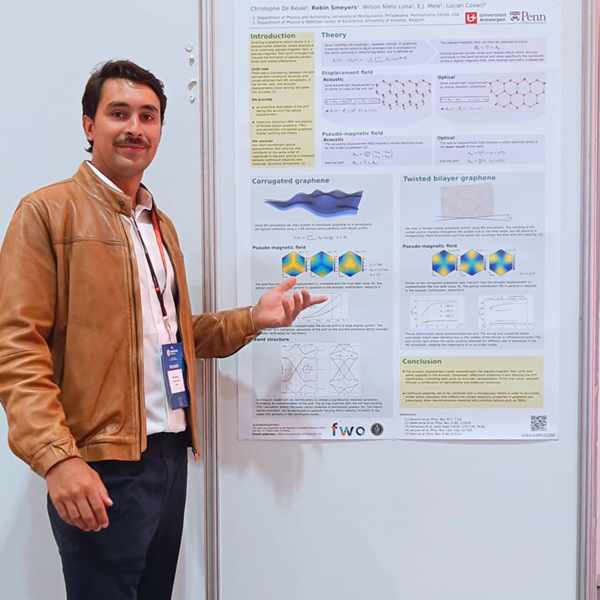
For Robin Smeyers, a passion for 2D materials began with a single thesis and quickly grew into a full-blown research journey. What started as a master’s project on graphene became a launchpad for academic discovery, leading him to a PhD focused on one of the most intriguing frontiers in condensed matter physics: straintronics. Robin’s work ranges from simulating balloon-like graphene structures to exploring the possibilities of room-temperature superconductors, laying the foundation for technologies that could one day transform our world.
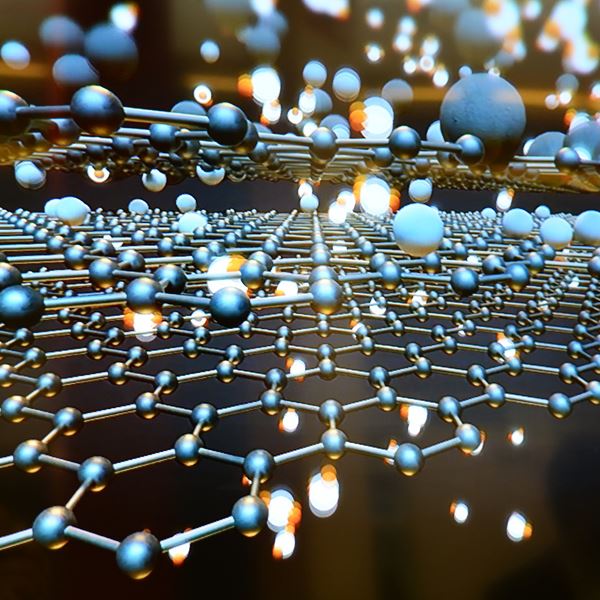
The 2D-PRINTABLE project has been productive publishing three new papers and participating in two educational activities.
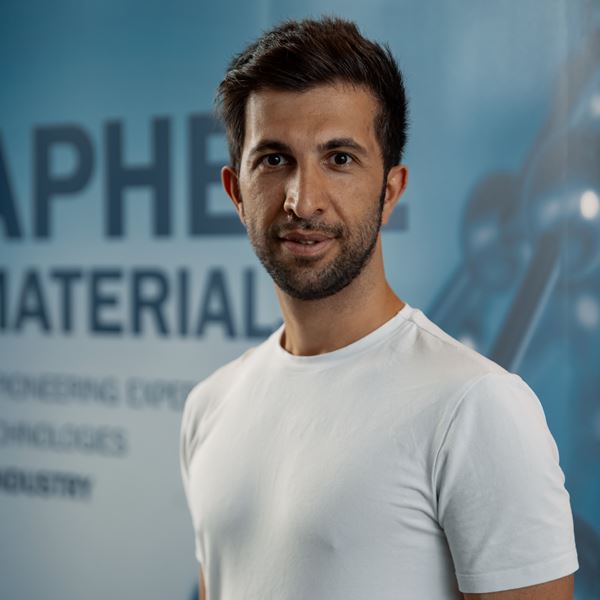
Bojan Haidar aims to bring graphene and layered materials from the scientific community to a broader public.

Graphene and transition-metal dichalcogenides are the most common examples of layered materials, but there is a world of other possibilities that have not been fully exploited: for example, antimony and germanium nanolayers. The FLAG-ERA 2D-SbGe project explores layered materials “off the beaten track”.
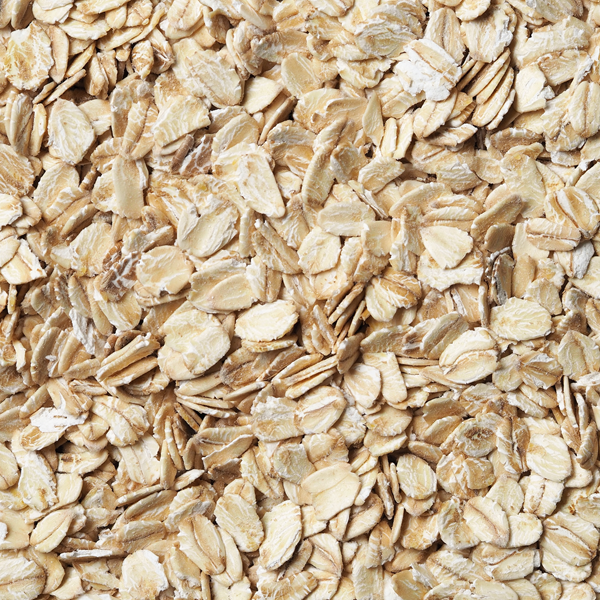
Graphene Flagship researchers produced graphene fragments with a diameter smaller than 100 nm – and showed their potential for photodetection.
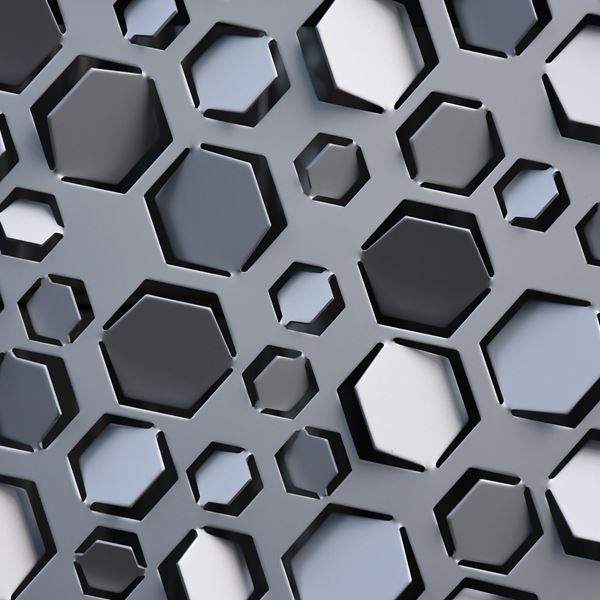
Raul Arenal, ARAID Researcher and Group Leader at Graphene Flagship partner the University of Zaragoza, Spain, used electron microscopy to study the changes taking place during GO’s reduction. His two recent papers could help scientists to design new materials with carefully tailored properties.

Welcome to the world of graphene. On these pages, learn about the different forms of graphene, how they are made, and what they can do.
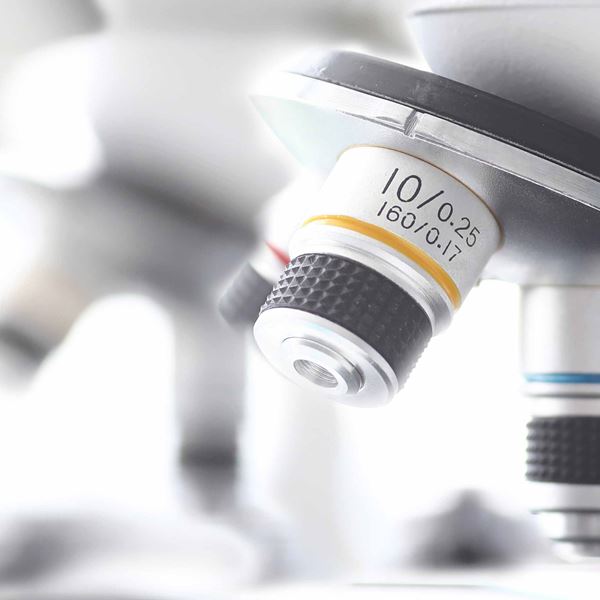
Meet the team on the hunt for new layered materials and heterostructures.
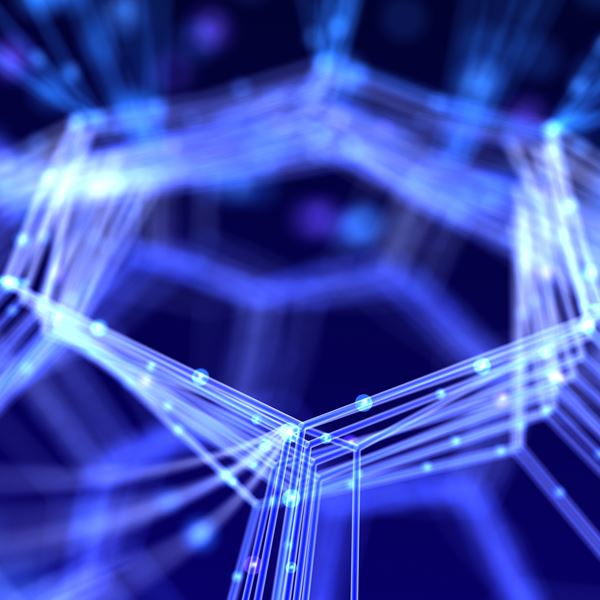
Meet the team that unlocks new applications and functionalities of graphene.
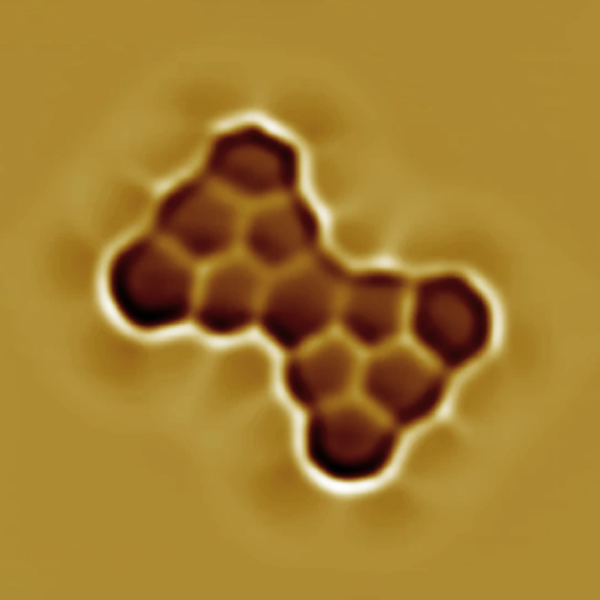
Graphene Flagship researchers have reported the first synthesis of an emblematic class of graphene-based magnetic nano-goblet: the Clar's goblet.
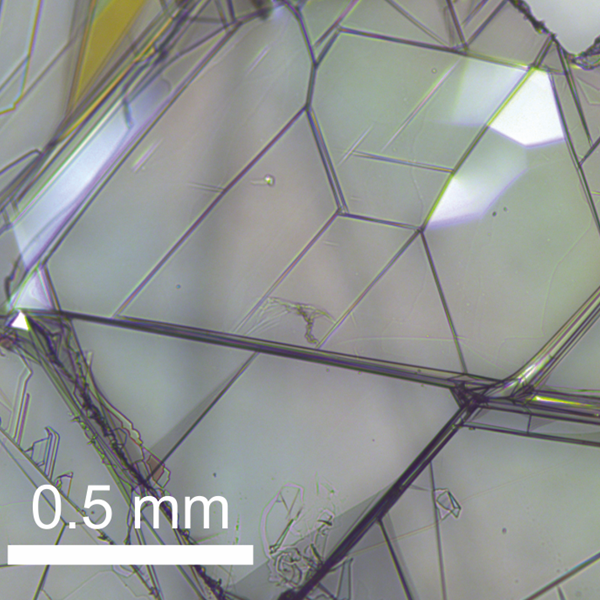
Graphene Flagship researchers reported a significant step forward in growing monoisotopic hexagonal boron nitride at atmospheric pressure for the production of large and very high-quality crystals.
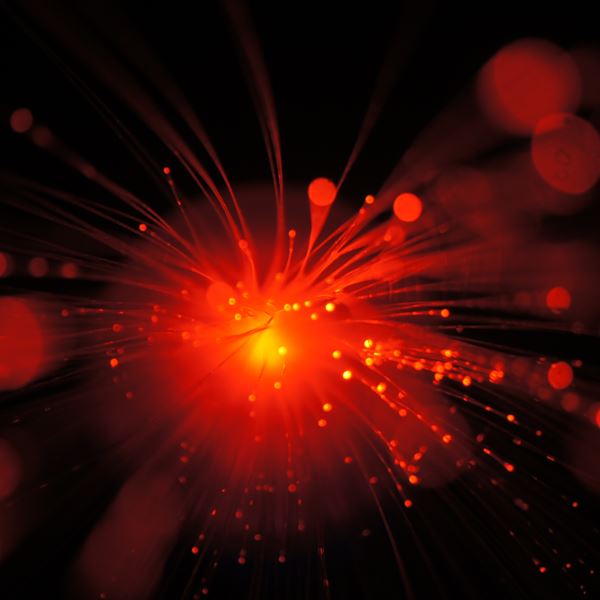
A new understanding of ultrafast light interaction with graphene puts the spotlight on CARS spectroscopy as a tool for fast graphene imaging